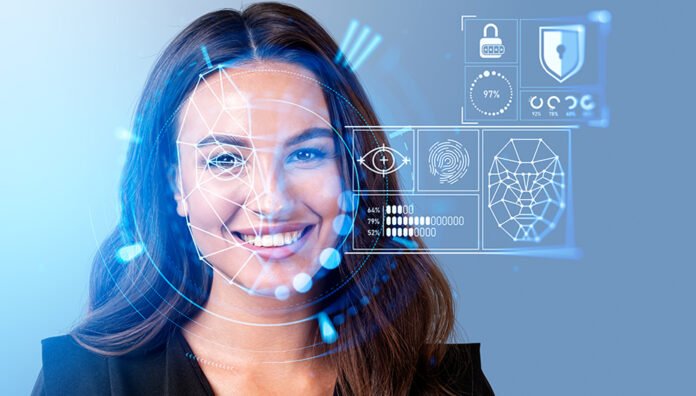In a world where anyone can fall for a fake video or AI-generated image, trust online is becoming harder to hold onto. With deepfakes spreading faster than ever, the biggest challenge today is learning how to tell what’s real from what’s artificially created. As creators of misinformation get smarter, researchers are working just as hard to empower regular people with tools to stay aware.
A recent study from the University of Reading has offered a surprisingly hopeful insight. It found that even a short, five-minute training session can significantly improve a person’s ability to recognize AI-generated faces. The study involved 664 participants who work in security roles and are used to scanning videos and images as part of their jobs. They were shown a mix of real photos and faces created by StyleGAN3, one of the most advanced face-generation systems in the world.
Before any training, the participants were right only about 42 percent of the time when asked to identify which faces were fake. Researchers then taught them to look for small irregularities that AI often leaves behind — tiny details most people usually ignore. These include slightly strange-looking hair, an unnatural number of teeth, or odd transitions between facial features and the background.
After practicing this skill in 10 rounds, the participants improved dramatically. Those who were already somewhat good at spotting fakes increased their accuracy from 54 to 64 percent, while others who originally struggled also became much better at identifying AI-generated faces. The study shows that even a short lesson, paired with careful observation, can make a major difference.
But experts warn that this advantage may not last forever. As AI tools become more sophisticated, these telltale mistakes might disappear. Still, there are simple clues that can help for now. AI-generated images usually slip up on small details, so zooming in on objects, edges, or background elements often reveals inconsistencies. In some cases, the problem isn’t that the image looks odd — it might look too perfect, with overly smooth skin or unnaturally flawless scenery, which can also be a sign that the picture isn’t real.
And when in doubt, the oldest trick still works: reverse image search. Running a picture through a search engine can often reveal where it came from, helping you understand whether it has been manipulated or generated by AI.
As deepfakes continue to evolve, staying aware is our best defence. A little training, a sharper eye, and a healthy dose of curiosity might be all we need to navigate this new digital reality with more confidence.



